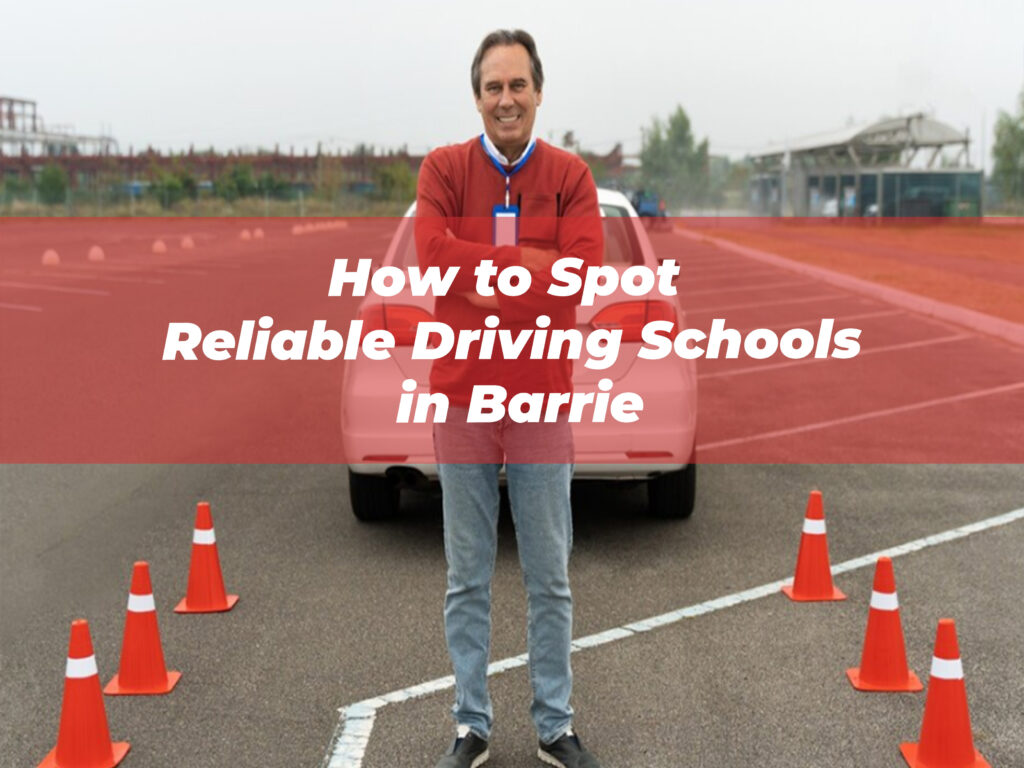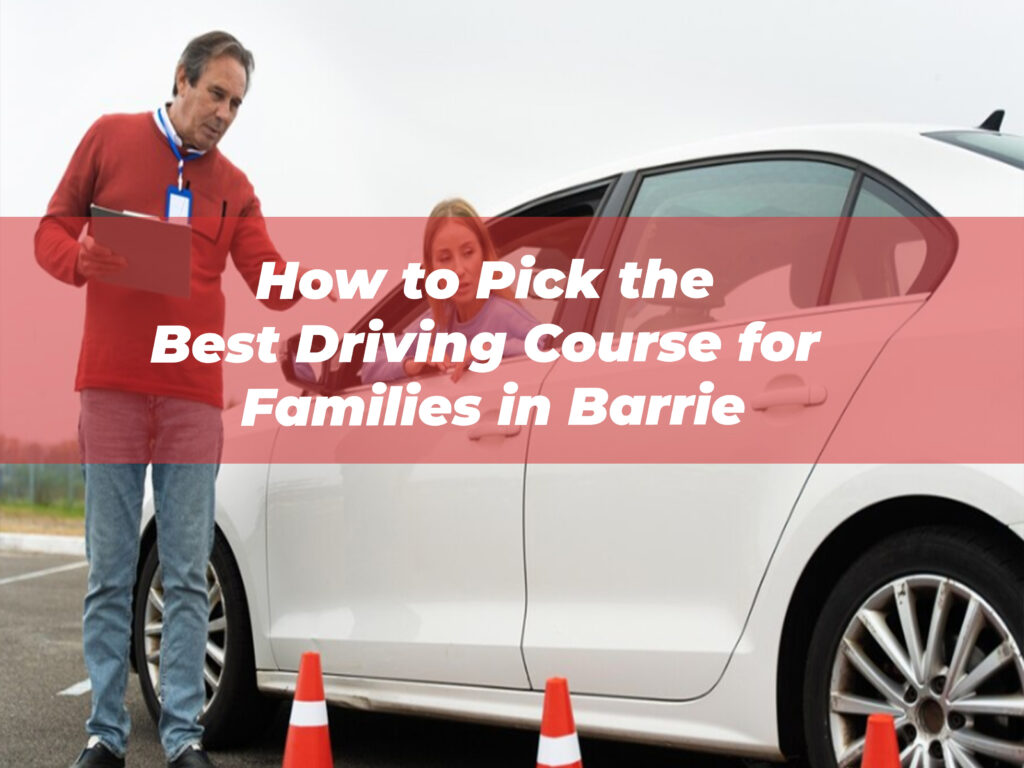Master Parallel Parking is a critical skill for any driver, yet it’s often one of the trickiest maneuvers to master. The sight of a narrow parking spot and a line of cars waiting can send shivers down a new driver’s spine. But with the right techniques and a few practical tips, parallel parking can become second nature. Learning this skill not only boosts your confidence as a driver but can also save you precious time and stress, especially in urban areas where street parking is your only option.
Whether you’re preparing for a driving test or just want to improve your everyday skills, this guide will walk you through everything you need to know. With step-by-step instructions, tips for flawless execution, and expert guidance, you’ll be tackling tight parking spaces like a pro in no time.
Why is Master Parallel Parking Important?
Master Parallel Parking is more than just a requirement for passing your driving test. It’s an essential skill for drivers, especially in crowded cities and neighborhoods with limited parking spaces. Here’s why mastering it is crucial:
1. Efficient Use of Parking Spaces
Master Parallel Parking enables you to fit your car into spots that would otherwise go unused. It’s particularly handy in busy streets where angled or front-end parking isn’t available.
2. Confidence in Tight Spaces
Once you’ve mastered parallel parking, you’ll feel more confident navigating tight spots, whether it’s a narrow parking bay or a crowded lot.
3. Essential for Road Tests
For drivers preparing for their G2 or G road tests, Master Parallel Parking is an essential component. During the test, it’s your chance to demonstrate precision, control, and understanding of spatial awareness.
4. Parking Without Stress
Knowing how to parallel park effectively reduces the stress of finding parking, especially in high-traffic areas. It also eliminates the fear of causing inconvenience to other drivers while positioning your car.
Step-by-Step Guide to Parallel Parking
Perfecting your Master Parallel Parking technique starts with understanding the sequence of steps. Below is a foolproof process that you can follow every time you attempt to parallel park.
Step 1: Find a Suitable Spot
Look for a parking space that’s at least one and a half times the length of your car. It’s important to check that the spot is legal and doesn’t block driveways or fire hydrants.
Step 2: Signal and Position Your Car
Turn on your right turn signal (or left, depending on the side of the street) to indicate your intention to park. Pull up parallel to the car in front of the empty spot, leaving about 2-3 feet of space between your car and theirs. Make sure your rear bumper aligns with the rear bumper of the other car.
Step 3: Check Your Surroundings
Before you begin, ensure there are no pedestrians, cyclists, or other vehicles in your vicinity. Check your mirrors thoroughly and perform a shoulder check for added safety.
Step 4: Start Reversing Slowly
Turn your steering wheel sharply toward the curb (typically right in North America) and begin reversing slowly. Keep the steering wheel turned until your car is at a 45-degree angle to the curb. Pay attention to the movements of your car and the position of the car behind.
Step 5: Straighten the Wheels
Once your front wheels clear the rear bumper of the car in front of your space, straighten your steering wheel and continue reversing. Move slowly and adjust as needed to prevent your car from hitting the curb or the other Master Parallel Parking.
Step 6: Align Your Car
When your car is completely inside the parking spot, turn the steering wheel in the opposite direction and center your vehicle. Stop when your car is parallel to the curb, leaving an even amount of space between your tires and the curb (about 6-12 inches).
Step 7: Double-Check Your Positioning
Shift into park and exit the vehicle to check that you’re within the parking spot lines and not protruding into the road. Make adjustments if necessary.
Common Mistakes to Avoid
Mistakes are natural when you’re learning something new, but understanding where things go wrong can help you improve. Here are the most common parallel parking errors and how to avoid them:
1. Not Signaling
Failing to use your turn signal Master Parallel Parking a lack of communication with other drivers. Always signal to alert others of your parking intentions.
2. Rushing the Process
Parallel parking requires patience. Rushing through the steps often leads to misalignment or bumping into the curb. Take your time to avoid unnecessary stress.
3. Not Looking Around
Skipping mirror checks or shoulder checks increases the risk of accidents. Always stay aware of pedestrians, cyclists, and other cars.
4. Oversteering or Understeering
Turning the steering wheel too much or too little can make it difficult to adjust your car properly. Practice finding the right angle to make smoother maneuvers.
5. Getting Too Close to Other Cars
Starting too close to the parked car or leaving insufficient space behind can create a cramped situation. Always leave enough room to maneuver effectively.
Tips for Perfecting Your Technique
Master Parallel Parking can seem intimidating at first, but with the right practice and mindset, you’ll get better over time. These tips can help refine your technique so you can park like a pro every time.
1. Use Reference Points
Many drivers rely on visual cues, such as aligning their car’s rear bumper with the parked car’s rear bumper or using the side mirror to gauge proximity to the curb. Practice using these reference points to make parking easier.
2. Understand Your Car’s Dimensions
Knowing the size and turning radius of your Master Parallel Parking makes a big difference. Spend time understanding how your car moves when steering to predict its positioning better.
3. Practice in Low-Pressure Environments
Start practicing in empty parking lots or quiet residential areas before attempting Master Parallel Parking on busy streets. Repeating the sequence in a stress-free setting helps build muscle memory.

4. Adjust Your Speed
Always reverse at a slow, steady pace to maintain control and give yourself time to make corrections. There’s no need to rush.
5. Ask for Guidance from an Expert
If you’re struggling, Master Parallel Parking practicing with a certified driving instructor who can provide helpful feedback and break down the process in greater detail.
6. Use Technology to Your Advantage
Many modern cars come equipped with Master Master Parallel Parking sensors or rearview cameras. While these tools shouldn’t replace good judgment, they can give you extra confidence when parking in tight spots.
Practicing Parallel Parking
Just like any other skill, improvement comes with consistent and focused practice. Here’s how to make the most out of your parallel parking practice:
1. Set Up a Controlled Environment
Place traffic cones or markers in an empty lot to simulate cars. Practice parking between these markers to gain confidence without worrying about damaging real vehicles.
2. Repeat the Sequence Often
Repetition is the key to building confidence. The more you practice the steps, the more natural they’ll feel.
3. Practice with Different Car Sizes
If possible, practice parking both larger and smaller vehicles to familiarize yourself with various turning radii and dimensions.
4. Mimic Real-World Conditions
Gradually introduce real-world conditions, such as angled streets, sloped parking spaces, or practicing during different times of day to simulate a variety of scenarios.
Why Turnkey Driving School is Your Best Partner for Mastering Parking Skills
If you’re ready to tackle Master Parallel Parking with confidence, Turnkey Driving School in Bradford is here to help. Our team of certified instructors specializes in beginner and advanced driving skills, ensuring you get tailored guidance to meet your specific needs.
Why Choose Turnkey Driving School?
- Personalized Instruction tailored to your strengths and areas for improvement.
- Low-stress Learning Environment designed to build confidence at your own pace.
- Advanced Techniques, including parallel parking and defensive driving, to prepare you for any scenario on the road.
- Flexible Scheduling, so you can fit Master Parallel Parking into your busy life.










